Long before Berlioz’s first visit to Weimar in January 1843, the city was well-known to him as the cultural and intellectual centre associated with Goethe (1749-1832) and
Schiller (1759-1805). Berlioz was already familiar with the works of these poets and was inspired by them.
Berlioz’s Huit scènes de Faust of 1828-9 and later one of his masterpieces, La Damnation de Faust of 1846, were inspired by Goethe’s Faust, which Berlioz had read in Gérard de Nerval’s French translation in 1828. In 1833 he planned a dramatic scene, Les Brigands, inspired by Schiller whom he adored, but the work was not completed. On his visits to Weimar, Berlioz saw Goethe’s town and country houses, and the house where Schiller lived from 1802 until his death in 1805.
This page presents pictures of these poets and the locations in Weimar associated with them and visited by Berlioz (see his Memoirs). The pictures are presented in two sections: first pictures of the past, and second pictures of the present (taken in 2008).
Unless otherwise stated all the modern photographs on the page were taken by Michel Austin in 2008; other images have been scanned from engravings, postcards and other publications in our collection. © Michel Austin and Monir Tayeb. All rights of reproduction reserved.
This page is also available in French
![]()
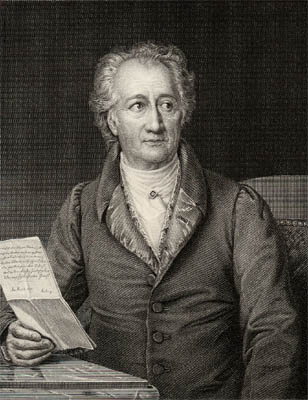
This 1856 engraving is after a painting by Stieler; it was published by Longman, Rees, Green & Co., Paternoster Row, London.

This engraving, reproduced on a postcard, shows Schiller in 1800.

The above engraving is reproduced on an early 20th century postcard.
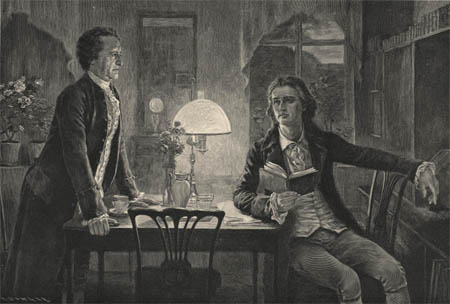
The above wood engraving, after a painting by Eichstaedt, dates from the 1890s and was published by Richard Bong, Hanfstaengl, Berlin.
Goethe moved into the western part of this Baroque house in 1782. In 1794, Grand-Duke Carl August donated the entire building to him, and he lived here until his death in 1832. After the death of his last grandchild in 1885, the house and contents came into the possession of the state. Soon afterwards, the Goethe National Museum was inaugurated here and the house made accessible to the public. The furnishings and fittings from the last few years of Goethe’s life have largely been preserved. The Museum was badly damaged in 1945 but reopened four years later.
Berlioz does not mention this house in his Memoirs, but must have seen it, at least from the outside.
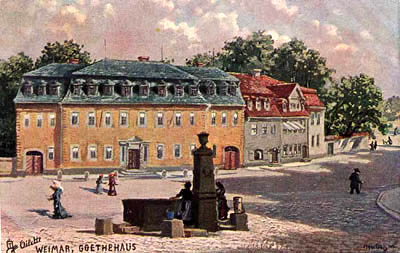
This is one of the Oilette “Wide-wide-world” Series of paintings on postcards printed by the famous Raphael Tuck and Sons company. The postcard number is 7081. We have not been able to establish the date of the painting reproduced on the card.
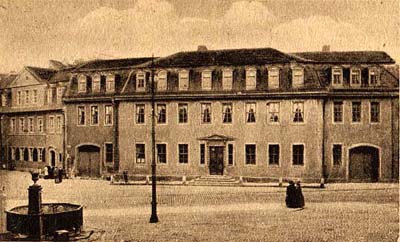
The above card was posted on 11 January 1931.
Located in the Park an der Ilm, this 17th century vineyard cottage, which Berlioz refers to as the pavilion of Goethe, was Goethe’s first home in Weimar. He purchased it at an auction in April 1776, but Grand-Duke Carl August refunded him later as a present. The poet lived here for six years before moving to his town house in 1782 (see above); he kept the Garden House. The surrounding Park an der Ilm was laid out between 1778 and 1828 after the plans of Goethe and the Grand-Duke. The house is now open to the public.
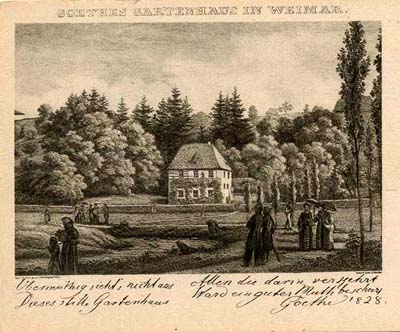
According to the printed note on the back of this postcard, the picture is a reproduction of an 1827 engraving. The text on the card is from a poem of 1828 by Goethe.
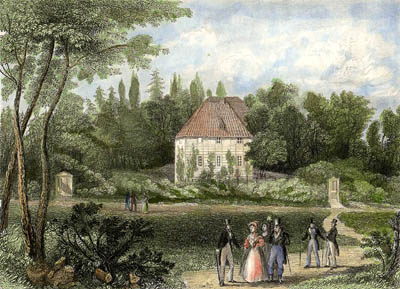
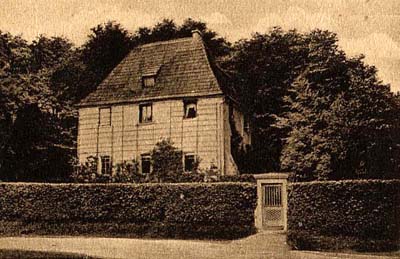
The above card was posted on 11 January 1931.
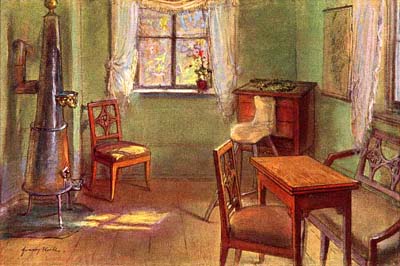
The painting reproduced on this postcard is by the German artist Franz Huth (1876-1970); we have not been able to establish its date.
Friedrich Schiller lived here from 1802 until his death in 1805.



According to the caption of this engraving, which is printed in a contemporary newspaper, Schiller died in this room.
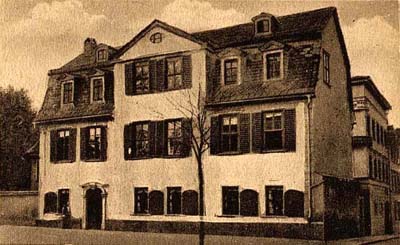
The above card was posted on 11 January 1931.
The Römisches Haus in the Park an der Ilm, Grand-Duke Carl August’s summer retreat, was built between 1791 and 1797 under Goethe’s supervision, and it is here that ‘the late Grand-Duke liked to take part in the learned discussions of Schiller, Herder and Wieland’ (Berlioz, Memoirs).
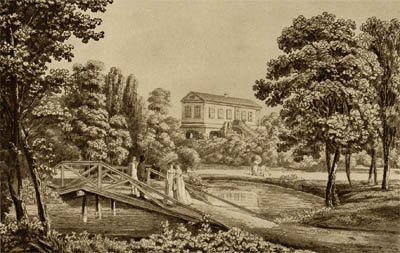
The above engraving is reproduced on a postcard, and judging by the dress of the two young ladies in the picture it dates from the 18th century or the early 19th; we do not know its exact date.
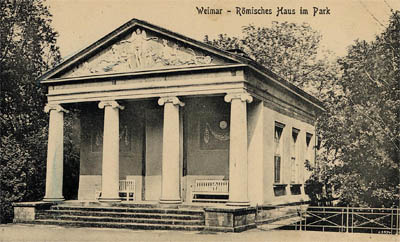
![]()
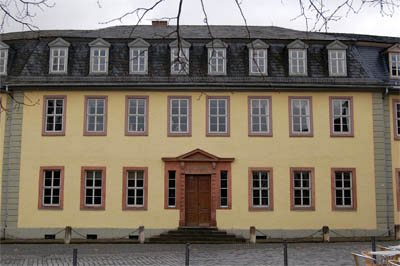
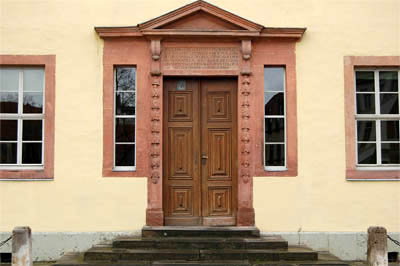
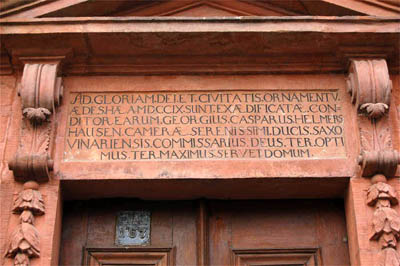
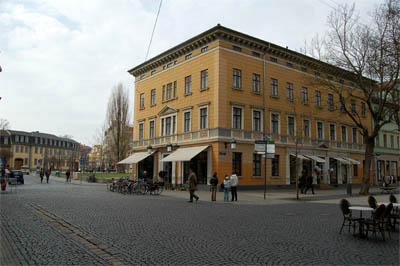

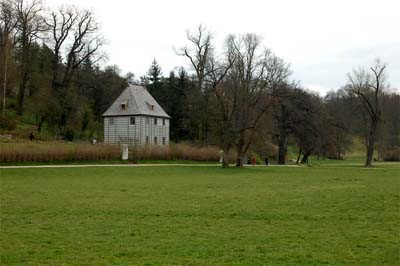
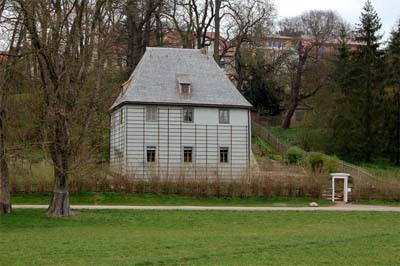
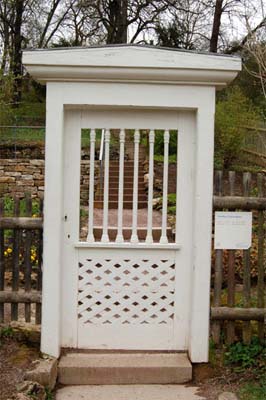
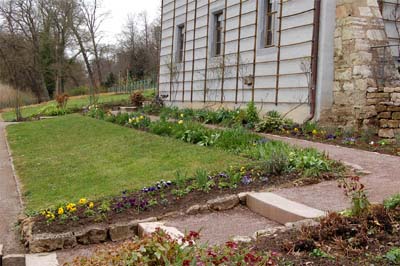
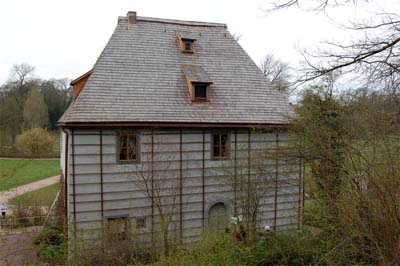
The house is at No. 12, Schillerstraße and is now a museum.
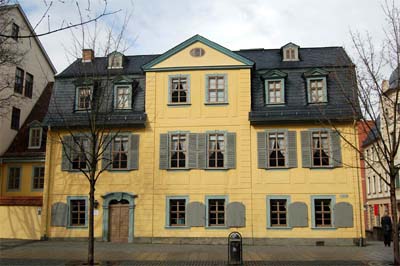
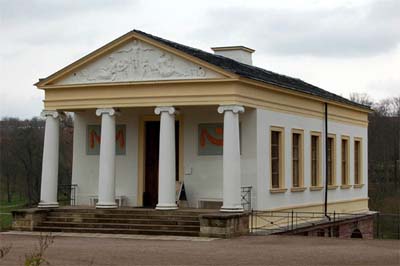
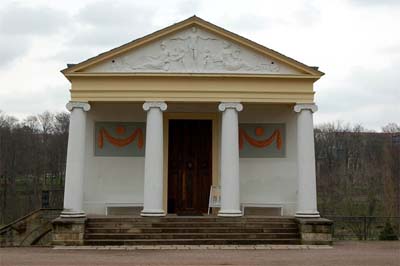
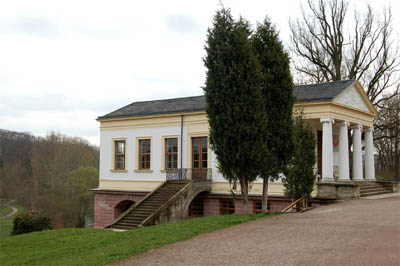
![]()
See also on this site:
![]()
The Hector Berlioz Website was created by Monir Tayeb and Michel Austin on 18 July 1997; the page Goethe and Schiller in Weimar was created on 1st March 2012.
© (unless otherwise stated) Monir Tayeb and Michel Austin.
![]() Back to Berlioz in Weimar
Back to Berlioz in Weimar
![]() Back to Berlioz in Germany
Back to Berlioz in Germany
![]() Back to Home Page
Back to Home Page